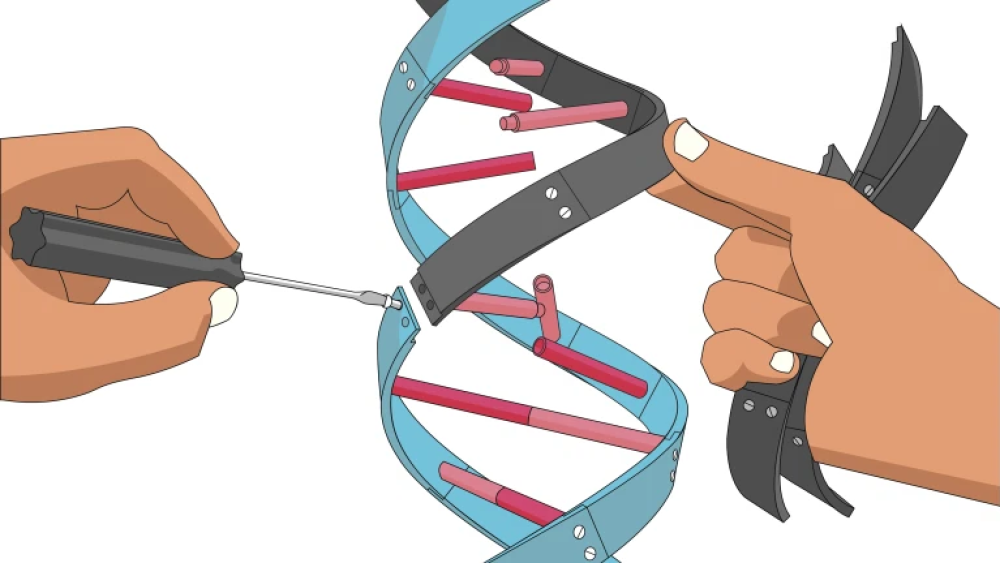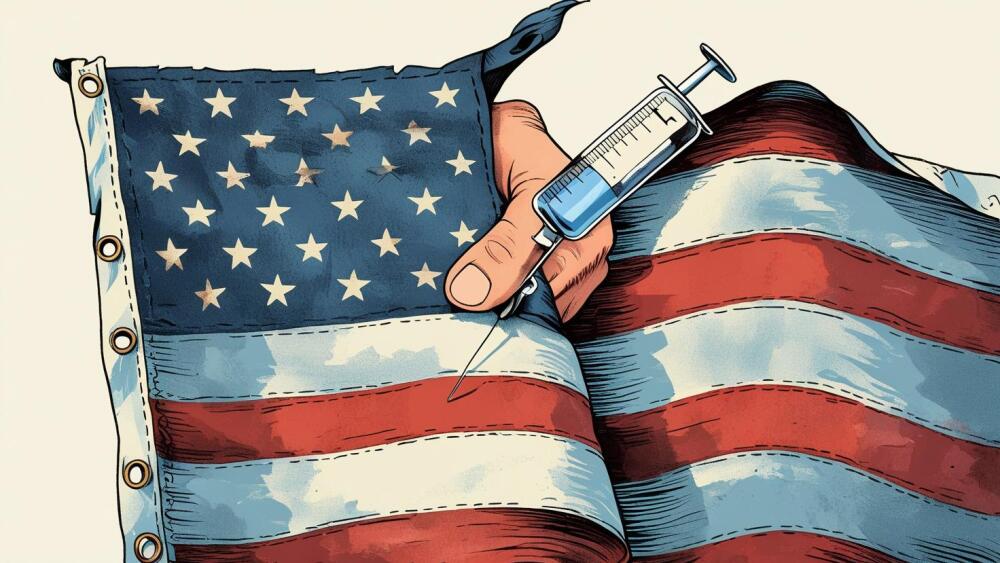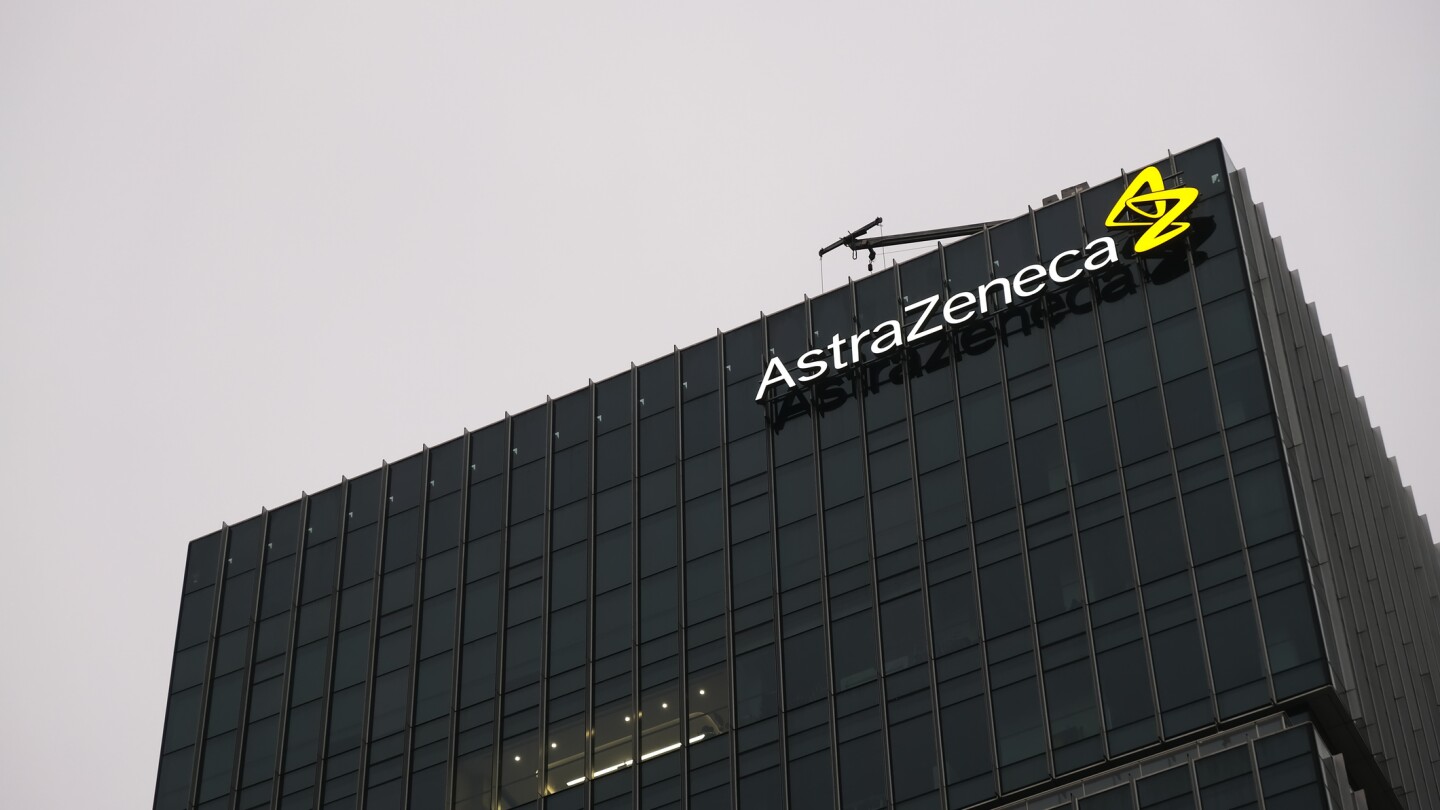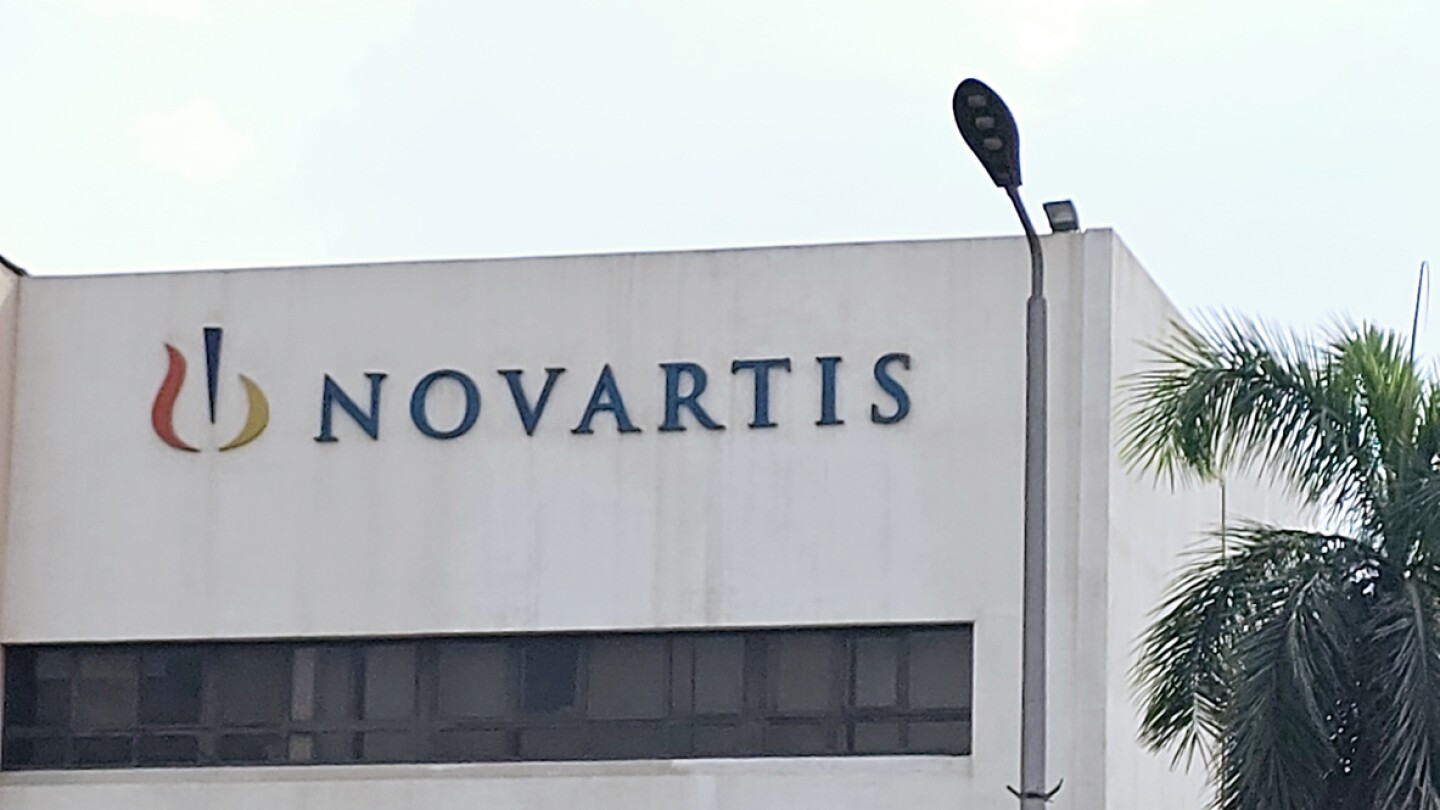News
A draft copy of the Make America Healthy Again Commission’s latest report, obtained by Politico, focuses on vaccine-related injuries and expediting access to investigational medicines for children—even though the FDA has recently rejected several of them.
FEATURED STORIES
Gene therapies have ridden investor mania to huge valuations but commercialization challenges have pushed market caps to the floor. At a roundtable last week, FDA leaders promised faster approvals and broad support to the industry.
As multiple companies vie to expand on Alnylam’s success in commercializing RNAi therapeutics, the pioneering company has set a goal of targeting small interfering RNA to any tissue by 2030.
Vaccine skepticism is at an all-time high in the U.S., and HHS Secretary Robert F. Kennedy Jr. is making some drastic moves in the name of reversing that trend. But misinformation and inconsistencies within the country’s healthcare agencies highlight problems with his approach.
Job Trends
Merck, known as MSD outside of the United States and Canada, announced that the Phase 3 KEYNOTE-B21 trial evaluating KEYTRUDA, Merck’s anti-PD-1 therapy, in combination with chemotherapy as adjuvant treatment, with or without radiotherapy, did not meet its primary endpoint of disease-free survival for the treatment of patients with newly diagnosed, high-risk endometrial cancer after surgery with curative intent.
FROM OUR EDITORS
Read our takes on the biggest stories happening in the industry.
After Emma Walmsley steps down as GSK CEO in January, Vertex Pharma’s Reshma Kewalramani will be the sole female CEO at a top-20 pharma company. Still, there are many prominent women in pharma that could someday break through again.
THE LATEST
The company didn’t share specific data for the molecule, gefurulimab, but said it hit all endpoints in the Phase III PREVAIL trial and promised to share more at an upcoming scientific meeting.
The partnership with Matchpoint Therapeutics gets Novartis global rights on all molecules for several unannounced inflammatory diseases identified through the biotech’s discovery platform.
Companies sometimes miss the mark when it comes to telling employees they’re out of a job. From accidental goodbyes to surprise meetings, there are many strange ways biopharma professionals have learned about layoffs.
Second-quarter earnings come amid many high-level challenges for the biopharma industry. How will these five closely watched biotechs fare?
The new target action date for Blenrep, which GSK is proposing for the second-line treatment of relapsed or refractory multiple myeloma, is Oct. 23.
The latest round of terminations, which will take effect Sept. 15, comes after Genentech fired more than 500 employees in the last 15 months.
Roche obtained CT-173, a PYY mimetic, in its $2.7 billion acquisition of Carmot Therapeutics in December 2023. The company reported the change in its second quarter earnings call.
The Washington, D.C.–Baltimore area ranks in the top six for life sciences R&D and manufacturing talent, according to a CBRE report. The Maryland Department of Commerce’s director of life sciences discusses the workforce and how the state is adapting to changing needs.
While FDA Commissioner Marty Makary emphasizes learning and humility, the FDA has systematically removed the very experience that would make change possible.
The decision follows last month’s vote of the CDC’s revamped vaccine advisory committee. Thimerosal, mostly removed from vaccines decades ago, has long been a target of anti-vaccine advocates for unfounded links to autism and adverse health outcomes.


















